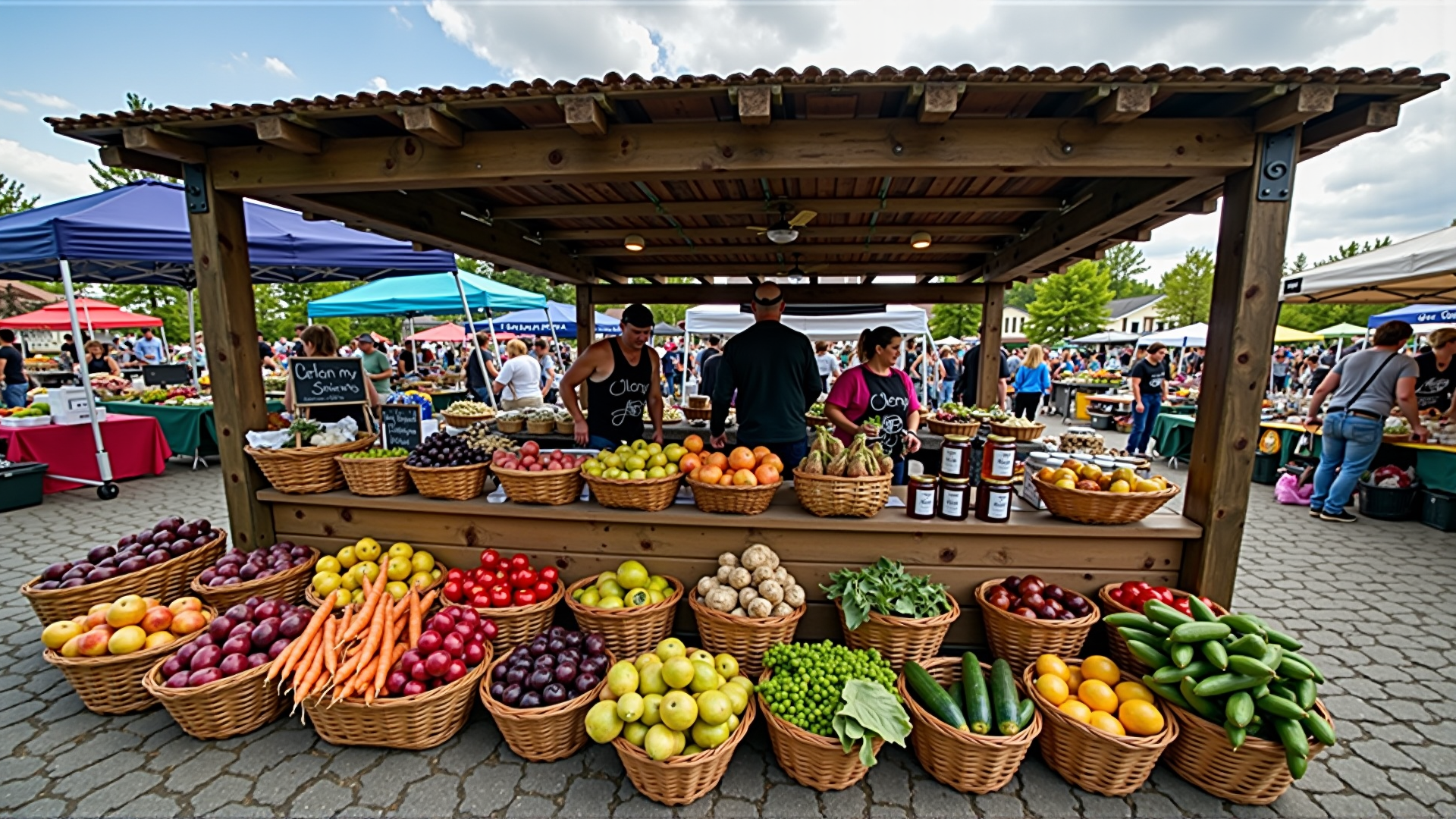Canada's culinary landscape is as diverse and expansive as its geography. At the heart of Canadian cuisine lies a profound appreciation for local ingredients, deeply rooted in the nation's ethos of sustainability and respect for nature. From coast to coast, chefs and home cooks alike are increasingly embracing the bounty of their surroundings, crafting dishes that celebrate the country's rich natural resources and unique seasonal produce.
One of the key aspects of Canadian cooking is the reliance on seasonal produce. Each region boasts its own array of distinctive fruits, vegetables, and herbs, available at different times of the year. In the spring and summer, markets overflow with vibrant berries such as Saskatoon berries and blueberries, while autumn brings an abundance of apples and squash. By focusing on what is locally available, Canadian cooks not only enjoy produce at its peak flavor but also reduce the environmental impact associated with transportation and storage.
Wild game also holds a special place in Canadian cuisine. Indigenous communities have long depended on the land's offerings, hunting and gathering with great care and respect. Today, game meats such as venison, bison, and wild boar are appreciated not only for their robust flavors but also for their lower environmental footprint compared to industrially farmed meat. These proteins are often featured in recipes that pay homage to traditional cooking methods, such as roasting over an open flame or slow braising, allowing their natural flavors to shine.
Moreover, seafood plays a pivotal role in the diets of Canadians, particularly in coastal regions like the Maritimes and British Columbia. Here, the practice of sustainable fishing is paramount. Understanding the rhythms of the ocean and respecting fishing quotas ensures that future generations can continue to enjoy delicacies like Pacific salmon, Atlantic lobsters, and a variety of shellfish. This commitment to sustainable practices extends to aquaculture, with an emphasis on environmentally friendly fish-farming solutions.
Urban and rural communities alike are reaping the benefits of a renewed interest in farming and foraging. Community-supported agriculture (CSA) programs have seen a surge in popularity, connecting consumers directly with local farmers. This model not only supports the local economy but also builds a sense of community around food and sustainable practices. Meanwhile, foraging has become more than just a trend; it offers a way to connect deeply with the land and discover wild edibles like fiddleheads, morels, and wild garlic.
Canadian chefs are at the forefront of this local food renaissance, bringing innovation and creativity to the culinary scene. Many are committed to showcasing indigenous ingredients, blending them with contemporary techniques to create a new, thoughtful approach to Canadian cuisine. This dedication is not just about taste but also about telling the stories of the land, the people, and the history that defines this diverse nation.
In essence, local ingredients are not merely a component of Canadian flavor; they are the very essence of it. By choosing to cook with what's around them, Canadians honor the land's natural abundance while making a conscious choice to minimize their environmental impact. As the push for sustainability grows, so too does the appreciation for the unique flavors that come from eating close to home. Whether it's the subtle sweetness of a sun-ripened berry or the rich earthiness of a roasted game meat, these ingredients are the heart and soul of Canadian cooking, offering a true taste of the land and its enduring spirit.
